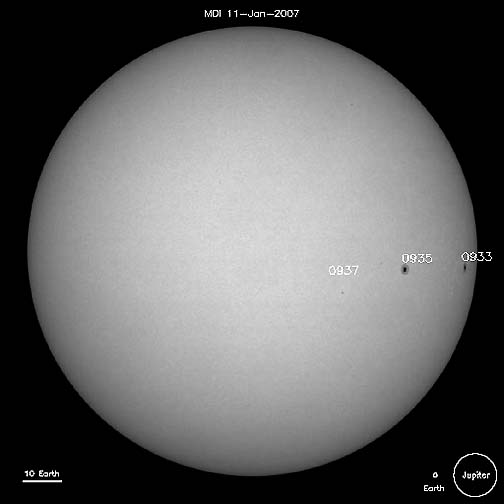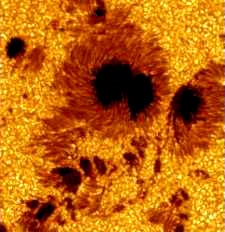"It’s a little confusing this time around, actually. We haven’t had this problem before ...but indicators (of big solar maximums) that have agreed and worked in the past don’t agree this time."
- David Hathaway, Ph.D., NASA


January 13, 2007 Huntsville, Alabama - If you could fly near the surface of the sun, there would be a lot of humming and sonic booms. At Stanford University and the University of California-Berkeley, physicists have processed radio signals from the sun and produced audio files. The sun vibrates with a hum that goes up and down every five minutes. Stanford scientists call it "the singing sun."
Click here to subscribe and get instant access to read this report.
Click here to check your existing subscription status.
Existing members, login below:
© 1998 - 2025 by Linda Moulton Howe.
All Rights Reserved.

